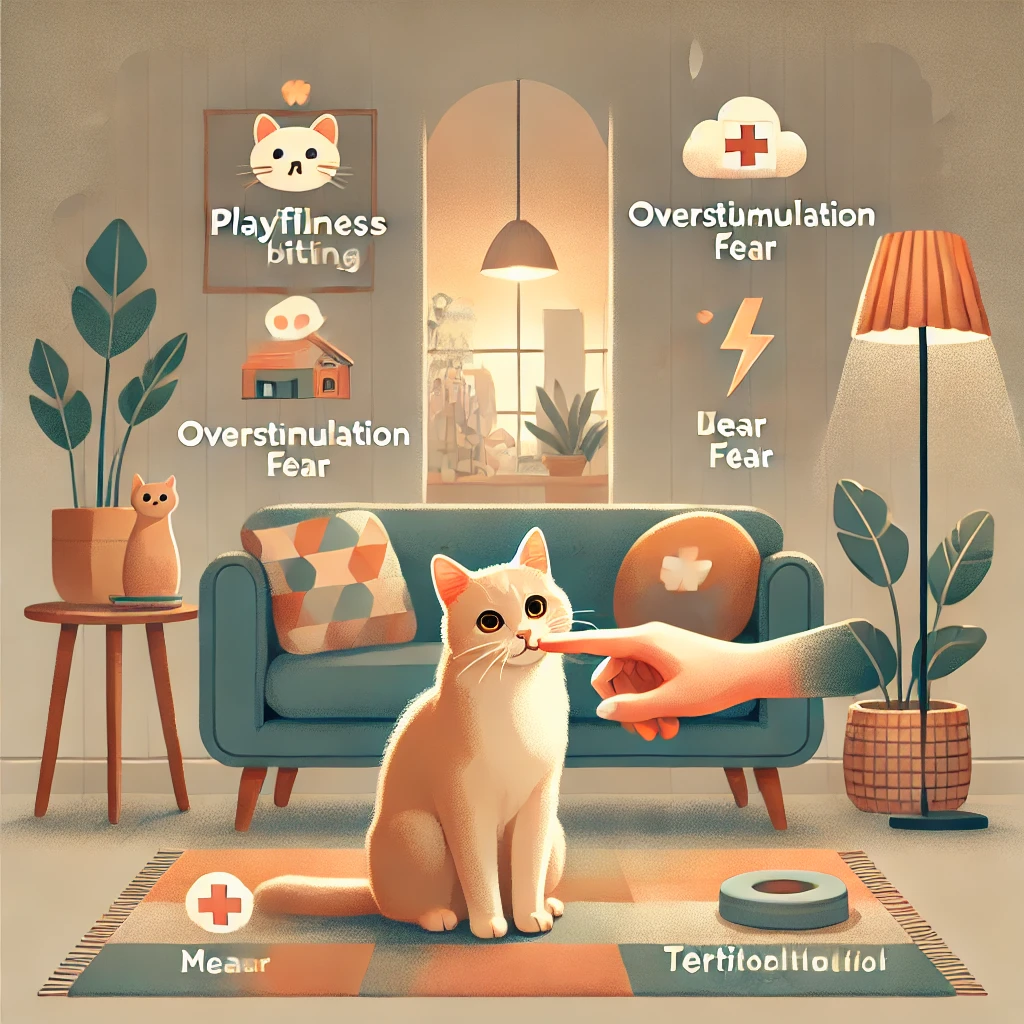Cats are famous for their love of sleep, often found snoozing in cozy spots throughout the day. If you’ve ever wondered why cats sleep so much, you’re not alone. On average, felines sleep between 12 to 16 hours a day. This behavior isn’t due to laziness—it’s deeply rooted in their biology, evolution, and survival instincts. Understanding why cats snooze so much can help you appreciate their unique nature and even spot potential health concerns.
Table of Contents
Sleep plays a crucial role in cats’ physical and mental well-being. From conserving energy to processing daily experiences, their sleep patterns are surprisingly complex. Cats cycle through light naps and deep sleep, often appearing alert even when resting. This allows them to relax while staying aware of their surroundings.
This guide explores the fascinating reasons behind your cat’s extensive sleeping habits. We’ll dive into their evolutionary history, energy-conserving behaviors, and how age and environment influence sleep. You’ll also learn how to recognize healthy sleep patterns and identify potential issues that may need attention.
Whether you’re a curious cat owner or considering adopting a feline friend, understanding their sleep routines can help ensure they lead happy, healthy lives. Let’s uncover the mysteries behind why cats spend so much of their lives in dreamland.
Why Cats Sleep So Much
Evolutionary Reasons
Cats’ sleep habits stem from their evolutionary past. In the wild, their ancestors were nocturnal predators, hunting primarily at dawn and dusk. To survive, they needed to conserve energy between hunting sessions, requiring long periods of rest. Even domesticated cats retain this instinct.
Wild cats also faced threats from larger predators. Being able to rest while staying alert became essential. Cats developed a unique sleep style, frequently entering a light sleep phase, ready to spring into action if danger arose.
Moreover, their crepuscular nature—being most active during twilight—means they need to rest during the day and night. Even though domestic cats are well-fed and safe, their biological programming remains intact, causing them to sleep extensively.

Hunting Instincts and Energy Conservation
Cats are natural hunters, designed for short bursts of intense activity followed by long periods of rest. Their predatory nature demands energy for stalking, pouncing, and chasing prey, even if their “prey” is just a toy.
Although indoor cats don’t need to hunt for survival, their instincts persist. They play, chase, and explore their surroundings with bursts of energy. Afterward, they instinctively seek rest to replenish their energy stores.
This cycle of energy exertion and conservation mirrors the survival strategy of their wild ancestors. Even well-fed house cats follow this pattern, napping frequently to be ready for their next play session or meal.
Age and Life Stage Factors
A cat’s age significantly influences how much it sleeps. Kittens need the most sleep—up to 20 hours a day—because their bodies are growing rapidly, and sleep supports their development. Senior cats also sleep more due to decreased energy levels and potential age-related health issues.
Adult cats generally sleep between 12 to 16 hours daily, though individual factors like health, activity level, and personality play a role. Pregnant and nursing cats also need extra rest to support their bodies during demanding life stages.
Understanding these life-stage differences helps cat owners provide appropriate care, ensuring their pets remain healthy and well-rested throughout their lives.
How Much Sleep Is Normal for Cats?
Sleep Duration by Age
Cats’ sleep needs vary depending on their age. Kittens require up to 20 hours of sleep daily due to rapid growth and development. Sleep helps strengthen their immune system and supports brain development.
Adult cats typically snooze between 12 and 16 hours, though this can extend depending on factors like breed, activity level, and health status. Highly active or playful cats may need extra naps to recover from energetic play sessions.

Senior cats, usually over the age of 10, tend to sleep more—sometimes up to 18 hours a day. Age-related conditions like arthritis or reduced mobility can increase their need for rest.
Being aware of your cat’s life stage helps set realistic expectations for its sleep patterns, ensuring it gets the right balance of rest and activity.
Differences Between Indoor and Outdoor Cats
Indoor and outdoor cats exhibit different sleeping patterns due to their environments. Indoor cats have safe, predictable surroundings, allowing them to sleep comfortably without worrying about predators or harsh weather.
Outdoor cats face more challenges, including finding food, defending territory, and avoiding dangers like traffic and predators. These demands reduce their sleeping time and force them to stay alert even when resting.
However, many indoor cats mimic their wild counterparts by taking frequent catnaps. Providing stimulating toys, scratching posts, and interactive play can help keep indoor cats active and content.
Different Types of Cat Sleep
Light Sleep vs. Deep Sleep
Cats alternate between light and deep sleep throughout their rest periods. Light sleep, which accounts for about 70% of their total sleep, is a semi-alert state where their ears may twitch, and they can wake up instantly if needed.
Deep sleep, also known as slow-wave sleep, occurs in shorter bursts but is vital for physical restoration and immune health. During deep sleep, cats experience complete relaxation, often curling up tightly or stretching out fully.
This alternating sleep pattern allows cats to balance rest with readiness, ensuring they can respond quickly to changes in their environment.
REM Sleep in Cats
Cats, like humans, experience REM (Rapid Eye Movement) sleep, the stage associated with dreaming. During REM sleep, cats may twitch their whiskers, paws, or tails, indicating they’re in a dream state.
This phase is essential for cognitive function and memory consolidation. Cats likely dream about their daily experiences, including hunting or playing. The sight of a twitching, sleeping cat suggests it’s enjoying a vivid dream adventure.

Q&A Section
Q1: Why does my cat sleep all day?
Cats are naturally inclined to sleep for long periods due to their evolutionary history, conserving energy for bursts of activity.
Q2: Is it normal for cats to sleep 18 hours a day?
Yes, especially for kittens, senior cats, and highly active breeds. Extended sleep is typical if the cat appears healthy and active when awake.
Q3: How can I tell if my cat is sleeping too much?
Watch for changes in behavior, lethargy, or disinterest in activities. If your cat’s sleeping patterns suddenly increase, consult a veterinarian.
H2: Conclusion Cats are fascinating creatures whose extensive sleep patterns stem from their evolutionary background, hunting instincts, and specific life-stage needs. By understanding why cats sleep so much, you can better care for your feline friend and ensure a healthy, happy life.
Monitoring your cat’s sleep habits and providing a safe, stimulating environment supports its well-being. Remember, a well-rested cat is a content and playful companion ready to share many loving moments with you.



